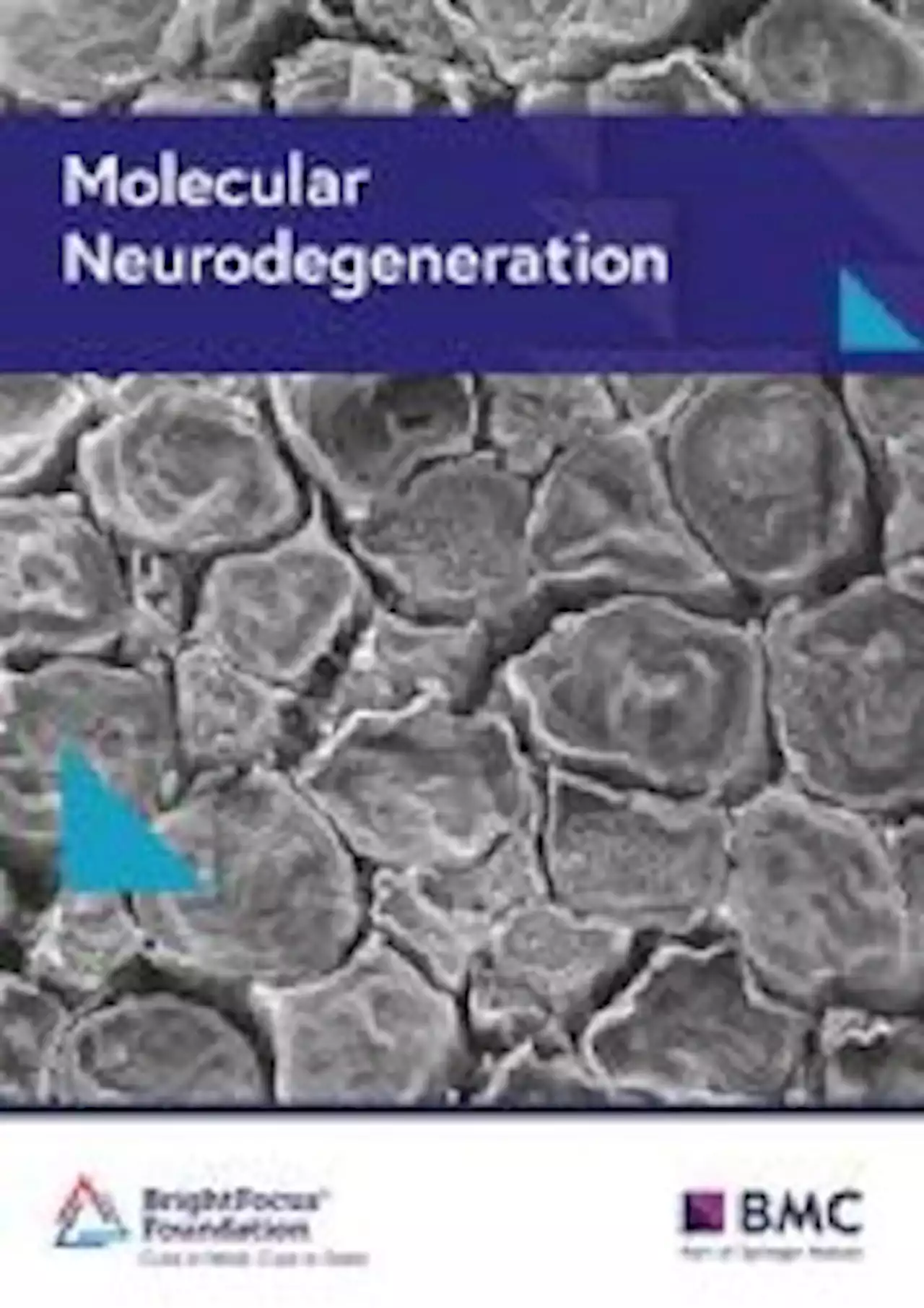Daily intake of matcha green tea beverages may help in muscle adaptation to training, with modulations in stress and fatigue responses and microbiota composition, finds a study published in the Nutrition Journal.
). In trial 1, 17 participants were randomly divided into placebo and matcha groups and instructed to follow a resistance training program twice a week for 8 weeks. Body composition, maximum muscle strength, whole-body energy expenditure, and blood parameters were measured during the week before commencing the training period and the final week of training . The level of subjective fatigue was measured on the first exercise day and on an exercise day during the final week of training.
The participants were instructed to refrain from intense physical activities, eating, and drinking, except for water, from 22:00 until breakfast in the morning. In addition, they were requested to eat 200 g of steamed rice without caffeine and alcohol 1 h before visiting the laboratory. After sitting for 30 min, the oxygen consumption and carbon dioxide production levels of the participants were measured in the supine position using a breath-by-breath respiromonitor system for 15 min.
United Kingdom Latest News, United Kingdom Headlines
Similar News:You can also read news stories similar to this one that we have collected from other news sources.
 Oxfordshire firefighters rally over zero fire experience boss plansUnder a new direct-entry scheme, the station manager requires no background in the fire service.
Oxfordshire firefighters rally over zero fire experience boss plansUnder a new direct-entry scheme, the station manager requires no background in the fire service.
Read more »
 Kim Kardashian 'freaking out' after spotting mystery woman in her selfieReality star Kim Kardashian has shared with fans that she is 'freaking out' after spotting a ghost like figure in the background of one of her pictures during a dress fitting
Kim Kardashian 'freaking out' after spotting mystery woman in her selfieReality star Kim Kardashian has shared with fans that she is 'freaking out' after spotting a ghost like figure in the background of one of her pictures during a dress fitting
Read more »
 Investigation of frailty markers including a novel biomarker panel in emergency laparotomy: protocol of a prospective cohort study - BMC SurgeryBackground Emergency laparotomy (EmLAP) is one of the commonest emergency operations performed in the United Kingdom (approximately 30, 000 laparotomies annually). These potentially high-risk procedures can be life changing with frail patients and/ or older adults (≥ 65 years) having the poorest outcomes, including mortality. There is no gold standard of frailty assessment and no clinical chemical biomarkers existing in practice. Early detection of subclinical changes or deficits at the molecular level are essential in improving our understanding of the biology of frailty and ultimately improving patient outcomes. This study aims primarily to compare preoperative frailty markers, including a blood-based biomarker panel, in their ability to predict 30 and 90-day mortality post-EmLAP. The secondary aim is to analyse the influence of perioperative frailty on morbidity and quality of life post-EmLAP. Methods A prospective single centred observational study will be conducted on 150 patients ≥ 40 years of age that undergo EmLAP. Patients will be included according to the established NELA (National Emergency Laparotomy Audit) criteria. The variables collected include demographics, co-morbidities, polypharmacy, place of residence, indication and type of surgery (as per NELA criteria) and prognostic NELA score. Frailty will be assessed using: a blood sample for ultra-high performance liquid chromatography mass spectrometry analysis; preoperative CT abdomen pelvis (sarcopenia) and Rockwood Clinical Frailty Scale (CFS). Patients will be followed up for 90 days. Variables collected include blood samples (at post operative day 1, 7, 30 and 90), place of residence on discharge, morbidity, mortality and quality of life (EQ-5D-5 L). The frailty markers will be compared between groups of frail (CFS ≥ 4) and non-frail using statistical methods such as regression model and adjusted for appropriate confounding factors. Discussion This study hypothesises that frailty level changes follo
Investigation of frailty markers including a novel biomarker panel in emergency laparotomy: protocol of a prospective cohort study - BMC SurgeryBackground Emergency laparotomy (EmLAP) is one of the commonest emergency operations performed in the United Kingdom (approximately 30, 000 laparotomies annually). These potentially high-risk procedures can be life changing with frail patients and/ or older adults (≥ 65 years) having the poorest outcomes, including mortality. There is no gold standard of frailty assessment and no clinical chemical biomarkers existing in practice. Early detection of subclinical changes or deficits at the molecular level are essential in improving our understanding of the biology of frailty and ultimately improving patient outcomes. This study aims primarily to compare preoperative frailty markers, including a blood-based biomarker panel, in their ability to predict 30 and 90-day mortality post-EmLAP. The secondary aim is to analyse the influence of perioperative frailty on morbidity and quality of life post-EmLAP. Methods A prospective single centred observational study will be conducted on 150 patients ≥ 40 years of age that undergo EmLAP. Patients will be included according to the established NELA (National Emergency Laparotomy Audit) criteria. The variables collected include demographics, co-morbidities, polypharmacy, place of residence, indication and type of surgery (as per NELA criteria) and prognostic NELA score. Frailty will be assessed using: a blood sample for ultra-high performance liquid chromatography mass spectrometry analysis; preoperative CT abdomen pelvis (sarcopenia) and Rockwood Clinical Frailty Scale (CFS). Patients will be followed up for 90 days. Variables collected include blood samples (at post operative day 1, 7, 30 and 90), place of residence on discharge, morbidity, mortality and quality of life (EQ-5D-5 L). The frailty markers will be compared between groups of frail (CFS ≥ 4) and non-frail using statistical methods such as regression model and adjusted for appropriate confounding factors. Discussion This study hypothesises that frailty level changes follo
Read more »
 Overexpression of human alpha-Synuclein leads to dysregulated microbiome/metabolites with ageing in a rat model of Parkinson disease - Molecular NeurodegenerationBackground Braak’s hypothesis states that sporadic Parkinson’s disease (PD) follows a specific progression of pathology from the peripheral to the central nervous system, and this progression can be monitored by detecting the accumulation of alpha-Synuclein (α-Syn) protein. Consequently, there is growing interest in understanding how the gut (commensal) microbiome can regulate α-Syn accumulation, as this could potentially lead to PD. Methods We used 16S rRNA and shotgun sequencing to characterise microbial diversity. 1H-NMR was employed to understand the metabolite production and intestinal inflammation estimated using ELISA and RNA-sequencing from feces and the intestinal epithelial layer respectively. The Na+ channel current and gut permeability were measured using an Ussing chamber. Immunohistochemistry and immunofluorescence imaging were applied to detect the α-Syn protein. LC-MS/MS was used for characterization of proteins from metabolite treated neuronal cells. Finally, Metascape and Ingenuity Pathway Analysis (IPA) bioinformatics tools were used for identification of dysregulated pathways. Results We studied a transgenic (TG) rat model overexpressing the human SNCA gene and found that a progressive gut microbial composition alteration characterized by the reduction of Firmicutes to Bacteroidetes ratio could be detected in the young TG rats. Interestingly, this ratio then increased with ageing. The dynamics of Lactobacillus and Alistipes were monitored and reduced Lactobacillus and increased Alistipes abundance was discerned in ageing TG rats. Additionally, the SNCA gene overexpression resulted in gut α-Syn protein expression and increased with advanced age. Further, older TG animals had increased intestinal inflammation, decreased Na+ current and a robust alteration in metabolite production characterized by the increase of succinate levels in feces and serum. Manipulation of the gut bacteria by short-term antibiotic cocktail treatment revealed a complete loss
Overexpression of human alpha-Synuclein leads to dysregulated microbiome/metabolites with ageing in a rat model of Parkinson disease - Molecular NeurodegenerationBackground Braak’s hypothesis states that sporadic Parkinson’s disease (PD) follows a specific progression of pathology from the peripheral to the central nervous system, and this progression can be monitored by detecting the accumulation of alpha-Synuclein (α-Syn) protein. Consequently, there is growing interest in understanding how the gut (commensal) microbiome can regulate α-Syn accumulation, as this could potentially lead to PD. Methods We used 16S rRNA and shotgun sequencing to characterise microbial diversity. 1H-NMR was employed to understand the metabolite production and intestinal inflammation estimated using ELISA and RNA-sequencing from feces and the intestinal epithelial layer respectively. The Na+ channel current and gut permeability were measured using an Ussing chamber. Immunohistochemistry and immunofluorescence imaging were applied to detect the α-Syn protein. LC-MS/MS was used for characterization of proteins from metabolite treated neuronal cells. Finally, Metascape and Ingenuity Pathway Analysis (IPA) bioinformatics tools were used for identification of dysregulated pathways. Results We studied a transgenic (TG) rat model overexpressing the human SNCA gene and found that a progressive gut microbial composition alteration characterized by the reduction of Firmicutes to Bacteroidetes ratio could be detected in the young TG rats. Interestingly, this ratio then increased with ageing. The dynamics of Lactobacillus and Alistipes were monitored and reduced Lactobacillus and increased Alistipes abundance was discerned in ageing TG rats. Additionally, the SNCA gene overexpression resulted in gut α-Syn protein expression and increased with advanced age. Further, older TG animals had increased intestinal inflammation, decreased Na+ current and a robust alteration in metabolite production characterized by the increase of succinate levels in feces and serum. Manipulation of the gut bacteria by short-term antibiotic cocktail treatment revealed a complete loss
Read more »
 Methylmalonic acid promotes colorectal cancer progression via activation of Wnt/β-catenin pathway mediated epithelial–mesenchymal transition - Cancer Cell InternationalBackground It has been manifested in several studies that age-related metabolic reprogramming is associated with tumor progression, in particular, colorectal cancer (CRC). Here we investigated the role of upregulated metabolites of the aged serum, including methylmalonic acid (MMA), phosphoenolpyruvate (PEP), and quinolinate (QA), in CRC. Methods Functional assays including CCK-8, EdU, colony formation and transwell experiments were used to ascertain which upregulated metabolite of elderly serum was related to tumor progression. RNA-seq analysis was conducted to explore the potential mechanisms of MMA-induced CRC progression. Subcutaneous tumorigenesis and metastatic tumor models were constructed to verify the function of MMA in vivo. Results Among three consistently increased metabolites of the aged sera, MMA was responsible for tumorigenesis and metastasis in CRC, according to functional assays. The promotion of Epithelial–mesenchymal transition (EMT) was observed in CRC cells treated with MMA, on the basis of protein expression of EMT markers. Moreover, combined with transcriptome sequencing, Wnt/β-catenin signaling pathway was activated in CRC cells treated with MMA, which was verified by western blot and qPCR experiments. Furthermore, animal assays demonstrated the pro-proliferation and promotion of metastasis role of MMA in vivo. Conclusion We have identified that age-dependent upregulation of MMA in serum promoted the progression of CRC via Wnt/β-catenin signaling pathway mediated EMT. These collective findings provide valuable insights into the vital role of age-related metabolic reprogramming in CRC progression and propose a potential therapeutic target for elderly CRC.
Methylmalonic acid promotes colorectal cancer progression via activation of Wnt/β-catenin pathway mediated epithelial–mesenchymal transition - Cancer Cell InternationalBackground It has been manifested in several studies that age-related metabolic reprogramming is associated with tumor progression, in particular, colorectal cancer (CRC). Here we investigated the role of upregulated metabolites of the aged serum, including methylmalonic acid (MMA), phosphoenolpyruvate (PEP), and quinolinate (QA), in CRC. Methods Functional assays including CCK-8, EdU, colony formation and transwell experiments were used to ascertain which upregulated metabolite of elderly serum was related to tumor progression. RNA-seq analysis was conducted to explore the potential mechanisms of MMA-induced CRC progression. Subcutaneous tumorigenesis and metastatic tumor models were constructed to verify the function of MMA in vivo. Results Among three consistently increased metabolites of the aged sera, MMA was responsible for tumorigenesis and metastasis in CRC, according to functional assays. The promotion of Epithelial–mesenchymal transition (EMT) was observed in CRC cells treated with MMA, on the basis of protein expression of EMT markers. Moreover, combined with transcriptome sequencing, Wnt/β-catenin signaling pathway was activated in CRC cells treated with MMA, which was verified by western blot and qPCR experiments. Furthermore, animal assays demonstrated the pro-proliferation and promotion of metastasis role of MMA in vivo. Conclusion We have identified that age-dependent upregulation of MMA in serum promoted the progression of CRC via Wnt/β-catenin signaling pathway mediated EMT. These collective findings provide valuable insights into the vital role of age-related metabolic reprogramming in CRC progression and propose a potential therapeutic target for elderly CRC.
Read more »
 Predictor of cognitive impairment: metabolic syndrome or circadian syndrome - BMC GeriatricsBackground It was reported that metabolic syndrome increases the risk for cognitive impairment and circadian rhythm may influence cognition behavior. Identifying the potential risk factors is essential to screen individuals with neuronal dysfunction, neuronal loss, and cognitive decline and prevent cognitive impairment and dementia development. Methods We clarified participants by the presence of metabolic syndrome (MetS) and circadian syndrome (CircS) and employed three multivariable Generalized Estimating Equation (GEE) models to control the potential confounding factors and estimate the β values for cognitive function using as referents those had neither MetS nor CircS at baseline. The cognitive function consists of episodic memory and executive function was estimated via the modified Telephone Interview for Cognitive Status (TICS) every two years until 2015. Results The mean age of the participants was 58.80 (8.93) years and 49.92% (male). The prevalence of MetS and CircS was 42.98% and 36.43%, respectively. 1,075 (11.00%) and 435 (4.45%) participants had either MetS or CircS alone and 3,124 (31.98%) had both CircS and MetS. Participants with both MetS and CircS compared with normal had a significantly decreased cognitive function score during the 4-years cohort (β=-0.32, 95% CI: -0.63, -0.01) with the complete model, as well as among participants who suffered from CircS alone (β=-0.82, 95% CI: -1.47, -0.16), while not among participants with MetS alone (β = 0.13, 95% CI: -0.27, 0.53). Specifically, compared with the normal population a significantly lower score was discovered in the episodic memory (β=-0.51, 95% CI: -0.95, -0.07), while slightly lower in executive function (β=-0.33, 95% CI: -0.68, -0.01) among individuals with CircS alone. Conclusions Individuals with CircS alone or both MetS and CircS have a high risk of cognitive impairment. The association was even stronger in participants with CircS alone than those with both MetS and CircS, suggesting Circ
Predictor of cognitive impairment: metabolic syndrome or circadian syndrome - BMC GeriatricsBackground It was reported that metabolic syndrome increases the risk for cognitive impairment and circadian rhythm may influence cognition behavior. Identifying the potential risk factors is essential to screen individuals with neuronal dysfunction, neuronal loss, and cognitive decline and prevent cognitive impairment and dementia development. Methods We clarified participants by the presence of metabolic syndrome (MetS) and circadian syndrome (CircS) and employed three multivariable Generalized Estimating Equation (GEE) models to control the potential confounding factors and estimate the β values for cognitive function using as referents those had neither MetS nor CircS at baseline. The cognitive function consists of episodic memory and executive function was estimated via the modified Telephone Interview for Cognitive Status (TICS) every two years until 2015. Results The mean age of the participants was 58.80 (8.93) years and 49.92% (male). The prevalence of MetS and CircS was 42.98% and 36.43%, respectively. 1,075 (11.00%) and 435 (4.45%) participants had either MetS or CircS alone and 3,124 (31.98%) had both CircS and MetS. Participants with both MetS and CircS compared with normal had a significantly decreased cognitive function score during the 4-years cohort (β=-0.32, 95% CI: -0.63, -0.01) with the complete model, as well as among participants who suffered from CircS alone (β=-0.82, 95% CI: -1.47, -0.16), while not among participants with MetS alone (β = 0.13, 95% CI: -0.27, 0.53). Specifically, compared with the normal population a significantly lower score was discovered in the episodic memory (β=-0.51, 95% CI: -0.95, -0.07), while slightly lower in executive function (β=-0.33, 95% CI: -0.68, -0.01) among individuals with CircS alone. Conclusions Individuals with CircS alone or both MetS and CircS have a high risk of cognitive impairment. The association was even stronger in participants with CircS alone than those with both MetS and CircS, suggesting Circ
Read more »
